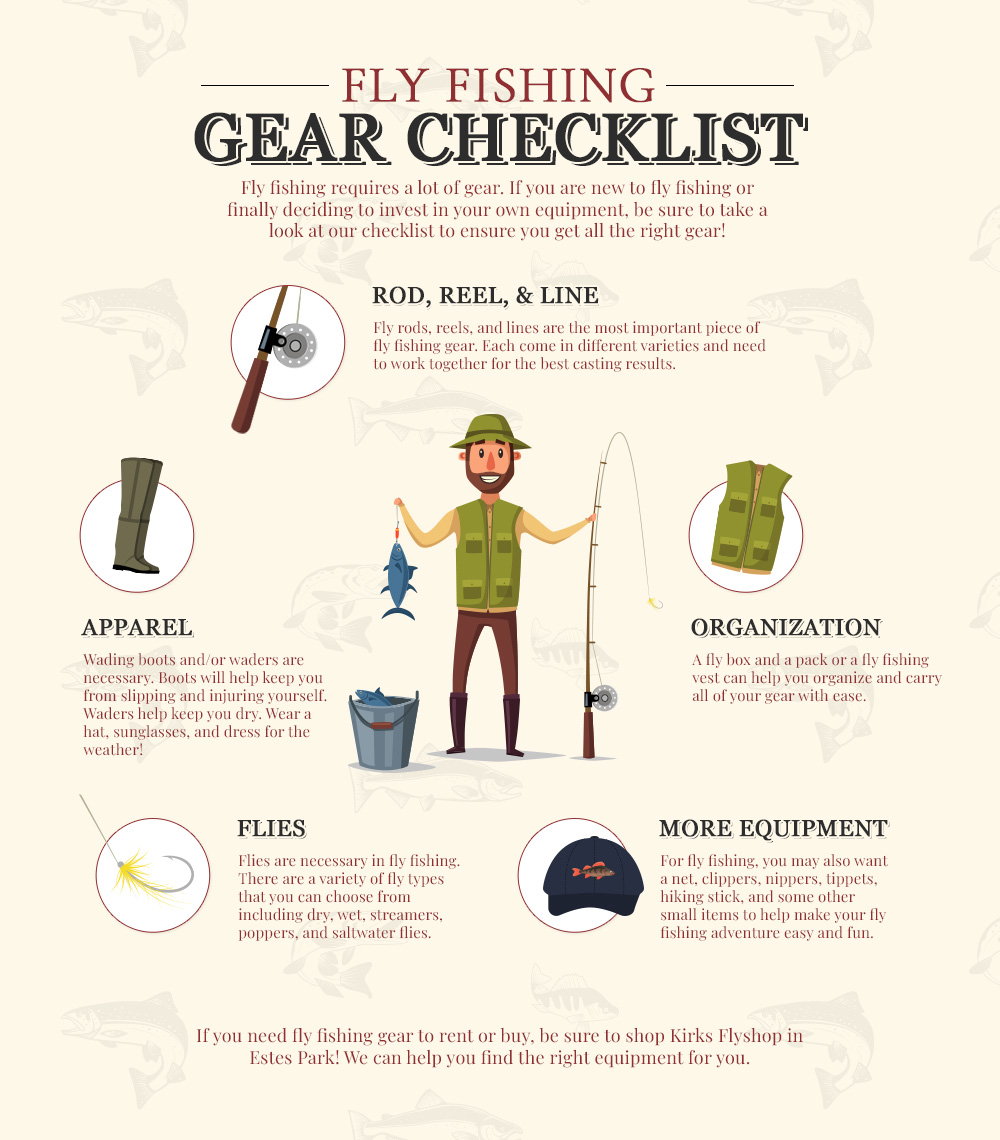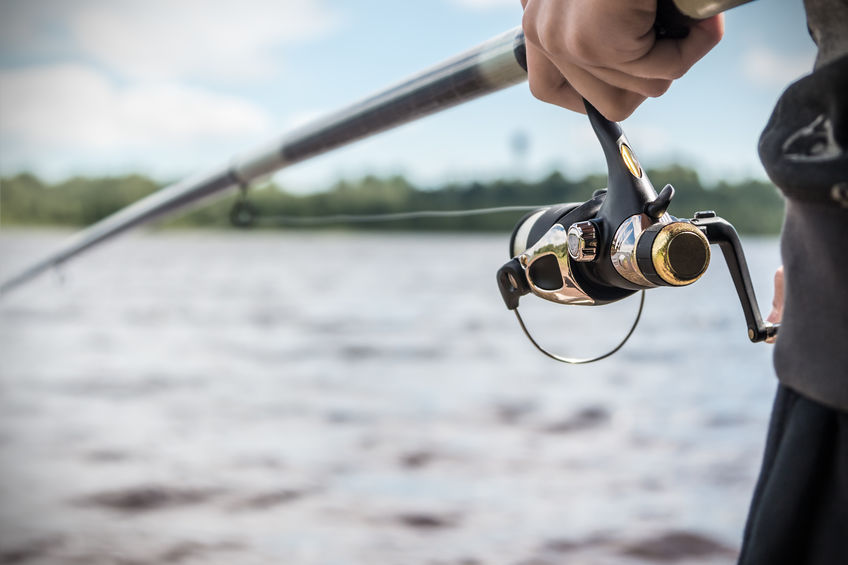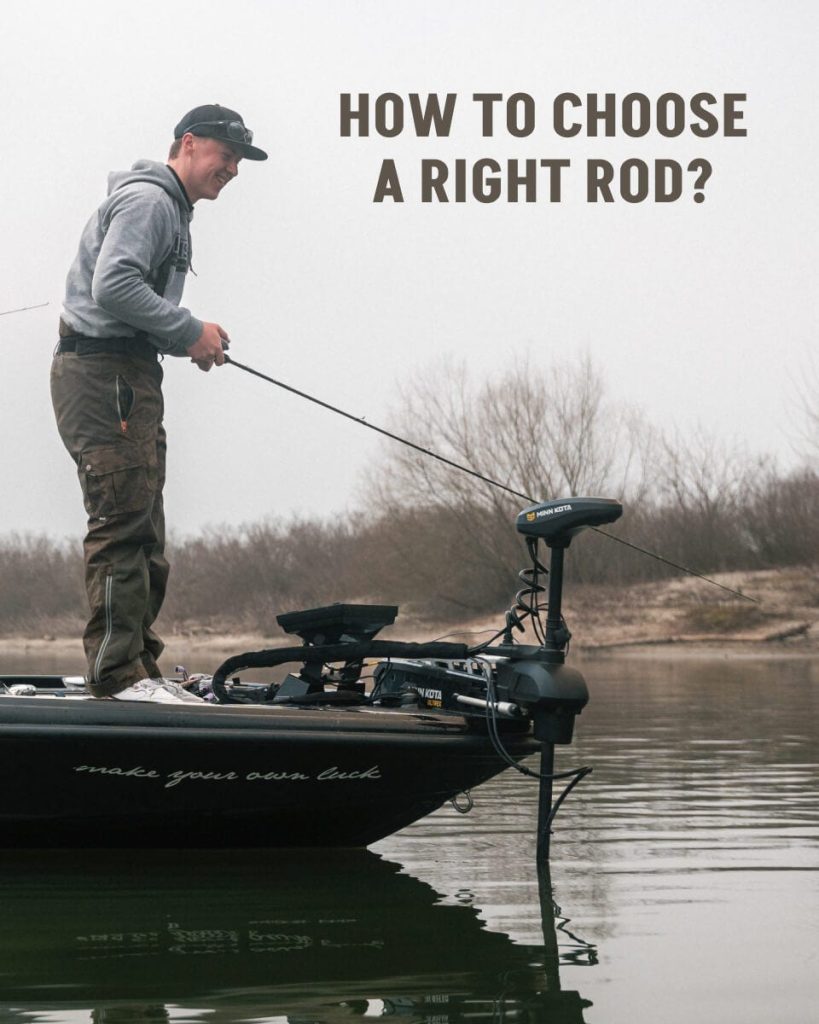Choose the right fishing rod by considering its length, power, action, and the type of fishing you plan to do. Material, handle comfort, and compatibility with your reel are also vital factors.
Selecting the perfect fishing rod can transform a good day on the water into a great one. Whether you are a beginner angler excited to cast your line for the first time or an experienced fisherman in search of that competitive edge, the importance of the ideal rod cannot be overstated.
With the vast array of rods on the market, finding one that suits your specific style of fishing is crucial for both comfort and success. From the gentle bends needed for fly fishing to the stiff backbone required for battling deep-sea giants, each rod serves a unique purpose. This guide aims to streamline your selection process, ensuring each fishing trip is as rewarding and enjoyable as possible. With a focus on quality, efficiency, and functionality, we’ll help you pinpoint the rod that’s built just for you.
Fishing Rod Basics
Understanding fishing rod basics is key to catching that big fish. The right rod can make a huge difference. Let’s talk about what makes each rod unique and how to find the perfect one.
Identifying the Different TypesIdentifying The Different Types
Different fish and techniques need different rods. Here’s a quick overview:
- Spinning Rods: Great for beginners, lightweight and versatile.
- Casting Rods: Offers precision, used with baitcasting reels.
- Fly Fishing Rods: For fly fishing, these are thin and flexible.
- Ice Fishing Rods: Short and designed for fishing through ice holes.
- Telescopic Rods: Extendable for easy transport.
- Surf Rods: Long for casting from the shore into the surf.
Key Components Of A Fishing Rod
The right components impact performance. Each rod has these important parts:
| Component | Description |
|---|---|
| Blank | The main part of the rod, usually made of fiberglass or graphite. |
| Guides | Loops along the rod that guide the line to the tip. |
| Reel Seat | Where the reel attaches to the rod. |
| Handle | Made of cork or foam, this is where you hold the rod. |
| Tip | The end part of the rod, important for detecting bites. |
Matching Rod To Fishing Style
Choosing the right fishing rod is crucial for success by the water. This means considering the type of fishing you plan to enjoy. Different rods cater to different styles and environments.
Freshwater Vs Saltwater
Before selecting a rod, know where you’ll fish. Freshwater rods are for rivers and lakes. They are usually lighter and more flexible. Saltwater rods, on the other hand, resist corrosion and have the power to combat the harsh elements and bigger fish found in the ocean.
Fly Fishing Vs Spinning Vs Baitcasting
Your fishing method impacts the rod choice.
- Fly fishing rods are unique. They are thin and flexible to whip the fly onto the water.
- Spinning rods suit beginners and work for light bait and lures.
- Baitcasting rods are for the experienced. They handle heavier lures and give more accuracy.
Determining The Right Length
Choosing the perfect fishing rod requires understanding the importance of rod length. The length of a fishing rod massively influences casting distance and accuracy, maneuverability, and control over the fish. Different fishing scenarios call for varying rod lengths. Finding the balance between comfort and practicality is key.
Advantages Of Longer Rods
Longer fishing rods, typically ranging from 7 to 14 feet, offer distinct benefits:
- Better casting distance: Achieve longer casts to reach fish farther away.
- Depth control: Ideal for deep-water fishing due to extended reach.
- Greater leverage: Helps in fighting and landing larger fish.
Situations For Shorter Rods
On the other hand, shorter rods, usually between 6 to 8 feet, shine in certain conditions:
- Enhanced accuracy: Excel in precise casting for tight spots.
- Ease of use: Less cumbersome for quick and frequent casts.
- Applicability: Perfect for kayak or ice fishing where space is limited.

Credit: www.kirksflyshop.com
Understanding Rod Power And Action
Selecting the right fishing rod can make a huge difference to your fishing experience. Two crucial aspects to consider are rod power and action. Knowing the specifics will help you target the right species with the appropriate technique.
Deciphering Rod Power Ratings
Rod power refers to how much force is needed to bend the rod. It affects what size of fish you can catch and what fishing techniques you can use. Ranging from ultralight to heavy, different powers cater to varied fishing needs.
| Power Rating | Typical Use |
|---|---|
| Ultralight | Small baitfish |
| Light | Small to medium freshwater fish |
| Medium | All-purpose; Freshwater and light saltwater |
| Heavy | Big game fish; Deep sea fishing |
The Impact Of Rod Action On Fishing
Rod action influences how and where the rod will bend. Faster actions bend nearer the tip, while slower actions bend closer to the handle. Each action has a special role in casting, sensitivity, and hook setting.
- Fast Action: Great for long casts; Quick hook sets
- Medium Action: Versatile; Ideal for varying lure weights
- Slow Action: Best for light bites; Gentle on fish
Now that you’re armed with knowledge about rod power and action, head out there, and cast a line!
Material Matters
Selecting the perfect fishing rod involves more than just length and action. The material of the rod greatly influences your fishing experience. Different materials offer unique properties for strength, flexibility, and sensitivity. Let’s delve into the types of rod materials and their implications for your fishing adventures.
Pros And Cons Of Graphite
Graphite rods stand out for their sensitivity and lightweight design. They allow anglers to detect nibbles swiftly. However, they can be pricier and less durable than other options. Here are the key points to consider:
- Lightweight: Easier to handle for longer periods.
- High Sensitivity: Detects light bites effectively.
- Stiffer: Offers better hook setting power.
On the downside:
- Fragile: Prone to damage if mishandled.
- Cost: Higher price tag compared to other materials.
Benefits Of Fiberglass
Fiberglass rods are known for their toughness and flexibility. They work well for novice anglers due to their forgiving nature. Fiberglass rods are suitable for targeting larger fish because of their robustness. Here’s a quick glance at their advantages:
- Durability: Withstands rough use and tough conditions.
- Flexibility: Bends easily without breaking.
- Cost-effective: Generally more affordable than graphite.
Composite Rods For Versatility
For those seeking a middle ground, composite rods blend graphite and fiberglass. These rods combine sensitivity with durability, making them a versatile choice for various fishing styles. Key features of composite rods include:
- Versatility: Suitable for multiple fishing techniques.
- Balance: Good sensitivity with enhanced strength.
- Adaptability: Applicable in both freshwater and saltwater scenarios.
Composite rods present an all-round solution for many anglers.
Features For Functionality
When selecting the ideal fishing rod, functionality is key. Comfort, quality, and reliability define a good fishing experience. These elements dictate your control and efficiency on the water.
Grip And Handle Comfort
Comfortable grips allow prolonged use without fatigue. Consider the grip material and shape. EVA foam and cork are common options.
- EVA foam is durable and handles moisture well.
- Cork offers a classic feel and sensitivity.
Guide Quality And Spacing
Guides direct the line from reel to tip. Smooth guides ensure less friction and line wear.
| Guide Material | Benefits |
|---|---|
| Aluminum Oxide | Affordable and generally smooth |
| Ceramic | Minimizes line friction, enhancing casting distance |
| Stainless Steel | Corrosion-resistant and rugged |
Guide spacing affects rod action. Check for even and secure guide placement.
Reel Seat Design And Reliability
The reel seat connects rod and reel. It must hold firm during a catch.
- Match the reel seat size with your reel’s foot.
- Opt for corrosion-resistant materials like graphite.
- Ensure a snug fit and ease of use, even with wet hands.
Secure locking mechanisms are essential. They prevent the reel from loosening mid-cast.
Budgeting For Your Rod
Choosing the right fishing rod is a balance between cost and quality. A good rod can help you catch more fish. A bad one can break or miss bites. Your budget is important. Spend wisely, and get the best value for your money.
Finding Value In Entry-level Rods
Entry-level rods are great for beginners. You do not need to spend much to start fishing. These rods can handle basic fishing needs. Here are some tips to find the best deal:
- Look for combo deals with a rod and reel.
- Choose a medium power rod for versatility.
- Check for good reviews from other anglers.
Remember, a low price doesn’t always mean low quality. Some entry-level rods perform well without costing a lot.
When To Invest In High-end Gear
Serious anglers might need better gear. High-end rods offer better performance and durability. Think about these points:
| Reason to Invest | Benefit |
|---|---|
| Frequent fishing | High-end rods last longer. |
| Specific techniques | Specialized rods improve your skill. |
| Big fish | Stronger rods handle big fish better. |
If you fish often or target big fish, consider investing in a high-quality rod. It could be worth the extra money.

Credit: www.rapala.eu
Maintenance And Care
Selecting the perfect fishing rod is crucial, yet maintaining it determines its longevity and effectiveness. Proper care ensures your fishing excursions remain fruitful. This section delves into the essential practices for your fishing rod’s cleaning, storage, and ongoing maintenance. Let’s reel in the details to keep your rod in its prime.
Cleaning And Storage Best Practices
Cleanliness is key to preserving the quality of your fishing rod. To start, rinse your rod with fresh water after each use. Saltwater can corrode metal components and weaken the rod. Allow it to dry completely before storage. Here are the best practices for keeping your rod clean:
- Use a soft, clean cloth for wiping down the rod.
- Remove dirt or debris from all guides.
- Wash the handle carefully with soapy water if necessary.
- Dry each section thoroughly before storing.
Proper storage is equally essential. Avoid direct sunlight and moisture when choosing a spot. Store rods vertically or in a rack designed to keep them off the ground. This prevents bending or warping.
Routine Inspection And Upkeep
Regular inspections prevent minor issues from becoming major problems. Check your fishing rod before and after each use. Look for signs of wear like cracks, loose parts, or damages. Handle repairs promptly to ensure optimal performance. Follow these steps:
- Examine the rod’s guides for rough edges.
- Ensure the reel seat functions properly.
- Inspect the ferrules for secure connections.
- Look for any visible damage to the blank.
Upkeep routines also involve lubricating moving parts. Use a reel oil or lubricant specifically designed for fishing rods. This keeps your equipment functioning smoothly without any hitches.

Credit: www.lawrencebay.com
Frequently Asked Questions For How Do You Choose The Right Fishing Rod For Your Needs?
What Factors Determine Fishing Rod Selection?
Selecting a fishing rod depends on the type of fishing, target species, and environment. Consider rod length, power, action, material, and your individual casting style. These factors ensure you match the rod to your specific fishing conditions and preferences.
How To Match Rod Power And Action?
Rod power refers to the rod’s strength, while action indicates how much and where the rod bends. Match rod power to the weight of fish you’re targeting. Action is chosen based on lure size and casting distance. Balance these features for optimal performance.
Does Fishing Location Affect Rod Choice?
Yes, fishing location significantly impacts rod choice. For instance, longer rods are better for casting distance in open water, while shorter rods provide better maneuverability in tight spots like streams and brush-filled areas. Select a rod suited for the environment you’ll fish in.
What’s The Best Rod Material For Durability?
Graphite rods offer high sensitivity and power, making them durable for fighting fish. Fiberglass rods are also durable with more flexibility. For a balance of durability, sensitivity, and flexibility, composite rods, which blend materials, might be the ideal choice.
Conclusion
Selecting the perfect fishing rod is a balance of personal preference, functionality, and the specifics of your angling adventure. Remember to consider action, length, material, and your targeted species. With the right research and a thoughtful approach, your chosen rod will enhance every fishing trip.
Cast with confidence, and you’re sure to reel in memorable catches for years to come.

